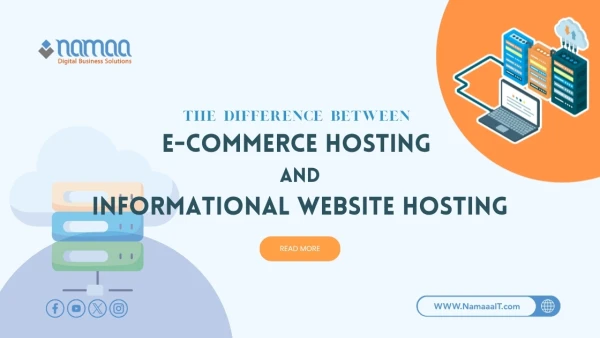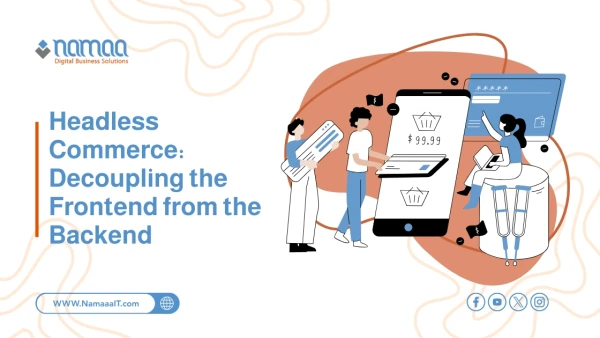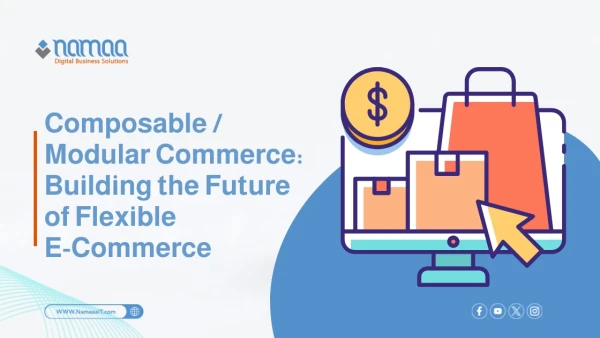Static menus and traditional filtering options are no longer sufficient for meeting the needs of modern users when searching for information or products. Interaction with data has become more complex, requiring a deeper understanding of context and intent. In this context, AI-powered search engines have begun reshaping how results are accessed, relying on natural language processing and the ability to predict what users actually seek—rather than what they manually select from predefined boxes. This shift not only improves the search experience but also reflects a deeper transformation in the relationship between humans and information.
From Manual Filters to Interactive Search
For many years, search interfaces relied on traditional manual filtering systems that allowed users to choose criteria such as category, price, date, and location. While somewhat effective, these systems depended entirely on the user to define exactly what they were looking for, often making the experience limited and cumbersome—especially when the need was unclear or complex. With the rise of AI technologies, search engines have moved beyond these rigid boundaries to offer what is known as interactive search, which is built on understanding the context of the question, analyzing user intent, and providing dynamic results without the need to predefine every condition.
Interactive search allows users to enter queries in natural language, such as: “I want to book a quiet hotel near the beach that’s suitable for families.” The search engine then analyzes the request and understands the intended meaning without requiring the user to apply multiple manual filters. In the background, AI activates recommendation and classification algorithms based on behavioral data and previous preferences, resulting in more relevant and realistic outcomes. This reduces the time needed to find the right results and increases user satisfaction.
This transformation goes beyond search engines and is now applied to e-commerce platforms, booking websites, and digital support services. The result is that interacting with digital systems now resembles a real conversation more than filling out rigid forms—marking a significant step toward building smarter and more human-centered search and content experiences.
Understanding User Intent: From Keywords to Context
In traditional search models, the main focus was matching keywords between the user query and page content. This method was effective in the early days of the internet, when content structures were simple and the number of pages was relatively small. However, as content has grown more complex and data has increased, this approach has become less effective. Not everyone who types “best laptop” means the same thing—some are looking for a device for daily tasks, others for gaming, and still others for a durable device for travel. This is where understanding intent becomes more important than simply focusing on visible words.
AI-powered search engines can now analyze the full context of search queries. They consider not only the words used but also factors such as the user’s location, search history, device used, and even the time of the query. This allows for more accurate and personalized results. For example, if someone in Riyadh searches for “restaurants near me now,” a smart engine will understand that the person wants a list of currently open restaurants in their geographic area—not just any restaurant list.
These systems also rely on advanced language models that enable them to interpret complex questions that would confuse traditional systems, such as: “What is the best phone in 2025 for battery life and fast charging?” This level of understanding exceeds the capabilities of any manual filter and marks a major leap in search experience—focusing on what the user actually wants, not just how they express it.
Comparing Traditional Search Results vs. Generative Answers
In traditional search models, engines simply displayed a list of links ranked by algorithms based on keyword matching, backlinks, page quality, and other technical indicators. Users had to click on multiple links, read, and compare on their own to find the needed information. This model is suitable for open-ended research but becomes impractical when users want direct, clear answers.
Modern engines—especially those using generative models like ChatGPT or Google Gemini—have surpassed this limitation. They offer users human-like, real-time generated answers that summarize the best available information without requiring them to browse multiple pages. For example, instead of listing links about how to improve sleep quality, a generative engine can provide a direct, comprehensive tip based on multiple sources in a single response.
Moreover, generative answers can be customized. Users can revise their questions or interact with the answer to refine it—just like talking to an expert. This makes the experience more flexible and productive. While some users still prefer verifying sources themselves, this model lays a strong foundation for instant, solution-oriented research.
The challenge now lies in balancing accuracy with generative convenience and ensuring that answers are backed by reliable sources—a field that continues to evolve as intelligent models advance.
How Smart Search Engines Are Transforming SEO Strategies
The rise of AI in search interfaces has forced a fundamental change in SEO practices. Previously, content optimization strategies relied on keyword usage, link structure, site speed, and backlinks to improve page rankings in traditional search results. Today, these factors alone are no longer sufficient. New search engines go beyond keyword matching—they interpret the full meaning of content and evaluate its comprehensiveness, accuracy, and relevance to the user’s question.
This means content creators must now produce information-rich texts that truly answer questions and demonstrate expertise and trustworthiness. Even if content follows traditional SEO rules, a smart engine won’t rank it if it doesn’t provide real user value. Furthermore, generative search may reduce the number of link clicks, as users get answers directly on the search results page. This changes how we measure organic traffic, which was previously the main goal of content optimization.
The new strategy should focus on addressing user intent—not just improving keyword rankings. Content must be clear, well-documented, and designed to align with the structure of intelligent search engines, both in terms of question-answer format and data organization. Websites that fail to adapt to this shift will lose relevance to sources that offer genuine, AI-comprehensible content. This isn’t just a technical upgrade—it’s a full transformation of digital publishing philosophy.
read more: Google Shopping Ads vs. Meta vs. TikTok: Which Achieves the Best Conversion Rate in 2025?
The Future of Search: Will Filters and Menus Disappear?
Despite the rapid shift toward AI-powered search engines, traditional filters and menus are unlikely to completely disappear in the near future. However, they will certainly lose their central role in the user experience. These tools, which have been in use for decades, were effective in providing a clear structure for search—especially when selection criteria were predefined. But with the advancement of AI systems that can understand natural language and analyze intent and context, it is now possible to move beyond manual tools toward smoother, smarter interactions.
Future search engines will rely more on interactive dialogue rather than rigid lists. Users will be able to modify their queries and refine results by simply rephrasing their questions, instead of manipulating complex forms. Still, there will be cases where filters remain necessary—particularly in contexts that require precise, direct sorting such as online shopping or technical data comparison.
The more likely scenario is that these tools will be integrated into intelligent interfaces that respond to context. Instead of being always visible and fixed, filters may appear only when needed or be automatically triggered based on the system’s understanding of user preferences. This makes the experience less cluttered and more flexible. So, the future isn’t about eliminating past tools—it’s about reinventing their role and design in a system that better understands real user behavior.
Examples of AI-Powered Search Engines
AI-powered search engines are evolving rapidly, offering more interactive and accurate experiences than traditional methods. Key examples include:
- Google Gemini: A major shift from Google that uses advanced language models to provide detailed answers and concise summaries, reducing the need to click on multiple links.
- Perplexity AI: Known for delivering source-backed answers, ideal for researchers and academics needing precise and reliable information.
- Microsoft Copilot (via Bing): Offers interactive search through AI-powered chat, allowing follow-up questions and instant personalized answers.
- You.com: Focuses on user privacy, avoiding search data tracking and offering customized results through modes like “Smart” and “Genius,” giving users more control.
- Brave Search: Prioritizes privacy by not collecting user data and providing accurate, ad-free search results, making it perfect for privacy-conscious users.
These engines showcase how AI can enhance online search by offering more precise, personalized results while respecting user privacy.
Frequently Asked Questions
- What’s the difference between a search engine and an AI fact-checker?
A search engine displays results or generates answers, while a fact-checker verifies the truth of information by comparing it to trusted sources. - Can smart search engines be biased or inaccurate?
Yes. Language models may reflect biases from their training data, leading to inaccuracies if not properly tuned. - Does the phrasing of a question affect result accuracy?
Absolutely. The clearer and more specific the question, the more accurate the AI-generated answer. - Do smart search engines use voice instead of text?
Yes. Many support voice search and interpret spoken commands using natural language understanding technologies. - How do these engines handle sensitive or ethical questions?
They are programmed to avoid giving harmful advice or inappropriate content and follow strict safety policies to prevent misuse.
Summary
✅ More than 70% of users prefer interacting with search engines that provide direct answers rather than browsing multiple links—reflecting a shift from manual filters to natural-language interactive search.
✅ The accuracy of understanding user intent has significantly increased thanks to context-aware and generative technologies.
✅ 60% of users get complete answers from generative models like ChatGPT and Google Gemini without needing to click on links, significantly reducing reliance on traditional search results.
✅ Over 50% of digital marketing experts are revising their SEO strategies to align with the changes brought by AI technologies, including a stronger focus on content quality and context.
✅ There is noticeable growth in smart search engines like Perplexity AI, You.com, and Brave Search, which are attracting millions of users monthly thanks to their ability to offer an interactive search experience while respecting user privacy.

.webp)







